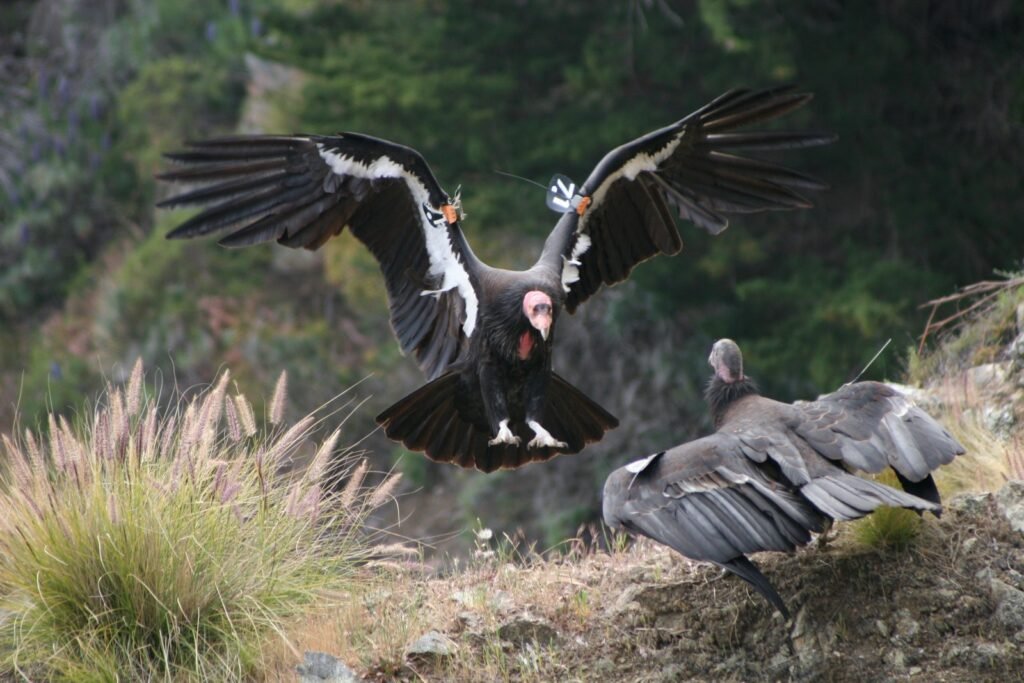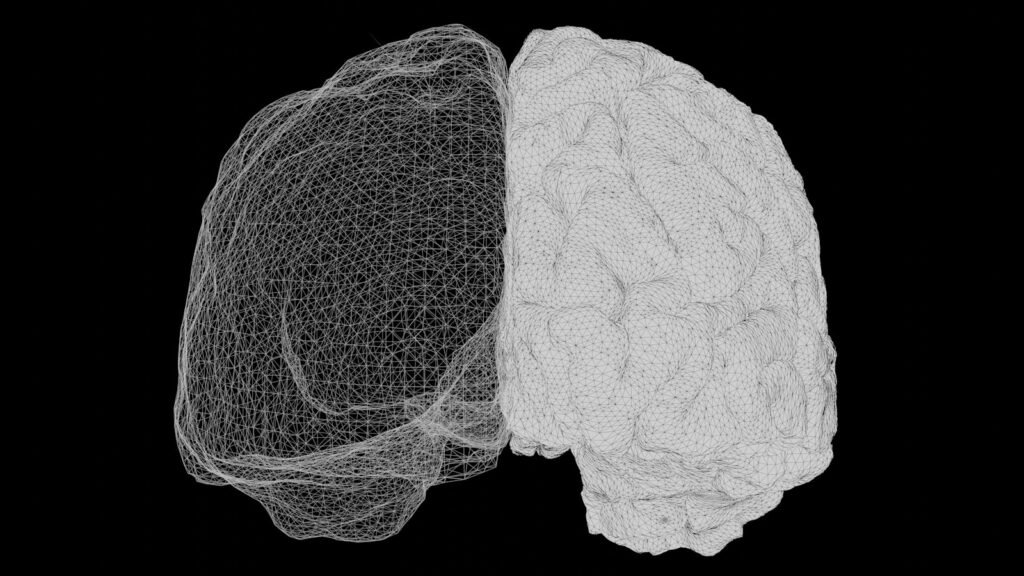High above the canyons, a shadow with nearly ten-foot wings slices across the light, and for a moment it feels like the Pleistocene never ended. The California condor is back in the sky, a comeback written through decades of audacity, patience, and careful science. Yet the same data loggers and blood tests powering this success keep flashing red. The bird that outlived saber-toothed cats is colliding with the modern world in ways that biology alone can’t fix. The question now isn’t whether condors can survive, but whether we will remove the human-made obstacles that keep pushing them down.
The Hidden Clues
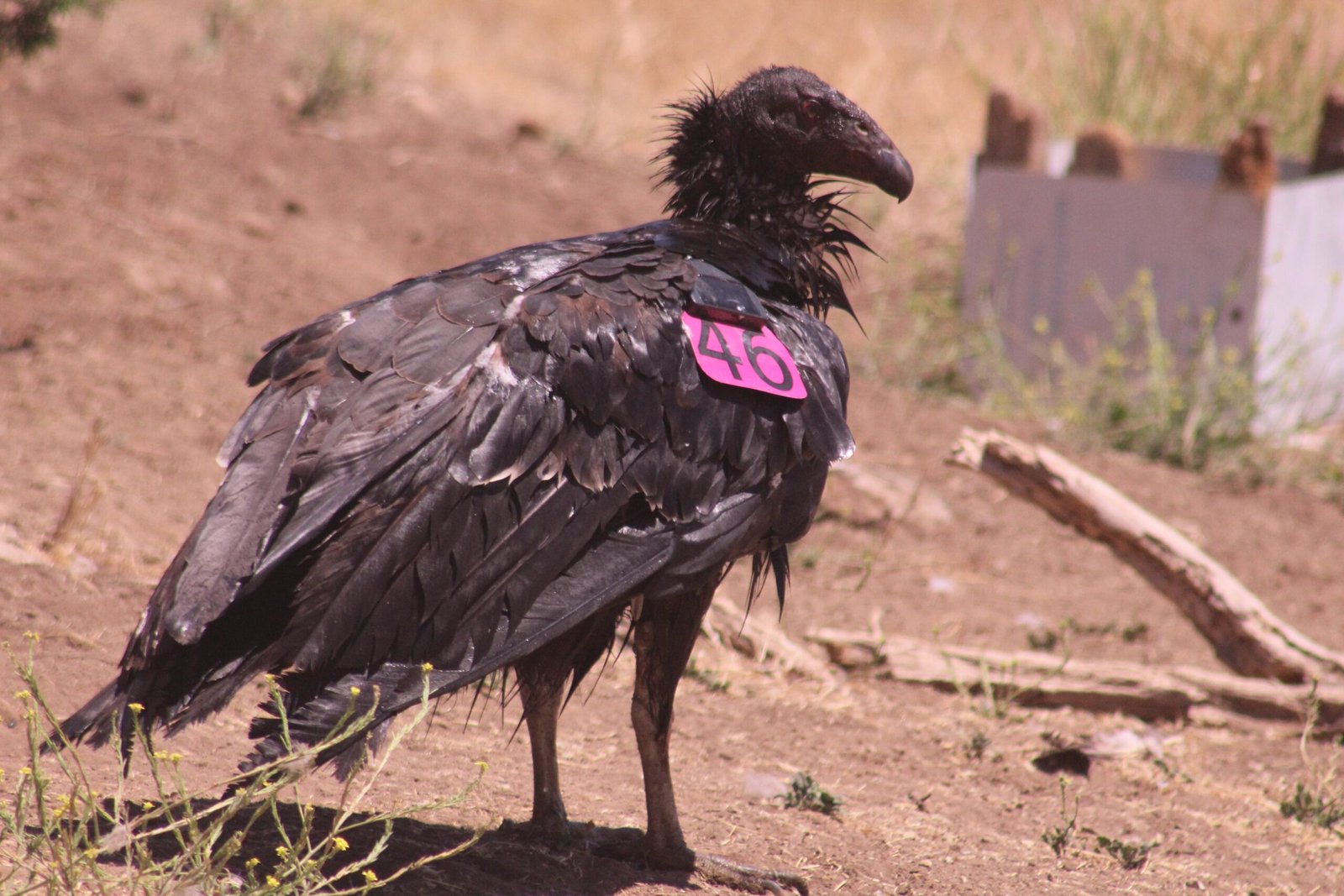
On a field day in Big Sur, I watched a tagged condor ride a thermal, and the scene felt triumphant – until a biologist quietly mentioned the bird’s recent blood-lead test. So much of condor health plays out invisibly: microscopic metal shards, a fever triggered by a viral particle, a sliver of plastic lodged in a chick’s gut. GPS transmitters trace graceful flights that end at gut piles left by hunters, where a single fragment can turn a meal into a slow poisoning. Nest cameras capture tender moments of parents preening their chick, then the jolting sight of bottle caps delivered as if they were gifts.
Even carcass surveillance tells a double story, documenting both a rich food supply and the risks wired into it. The clues add up to a simple, unsettling truth: the condor’s obstacles are overwhelmingly modern and overwhelmingly solvable.
From Near Extinction to a Risky Recovery
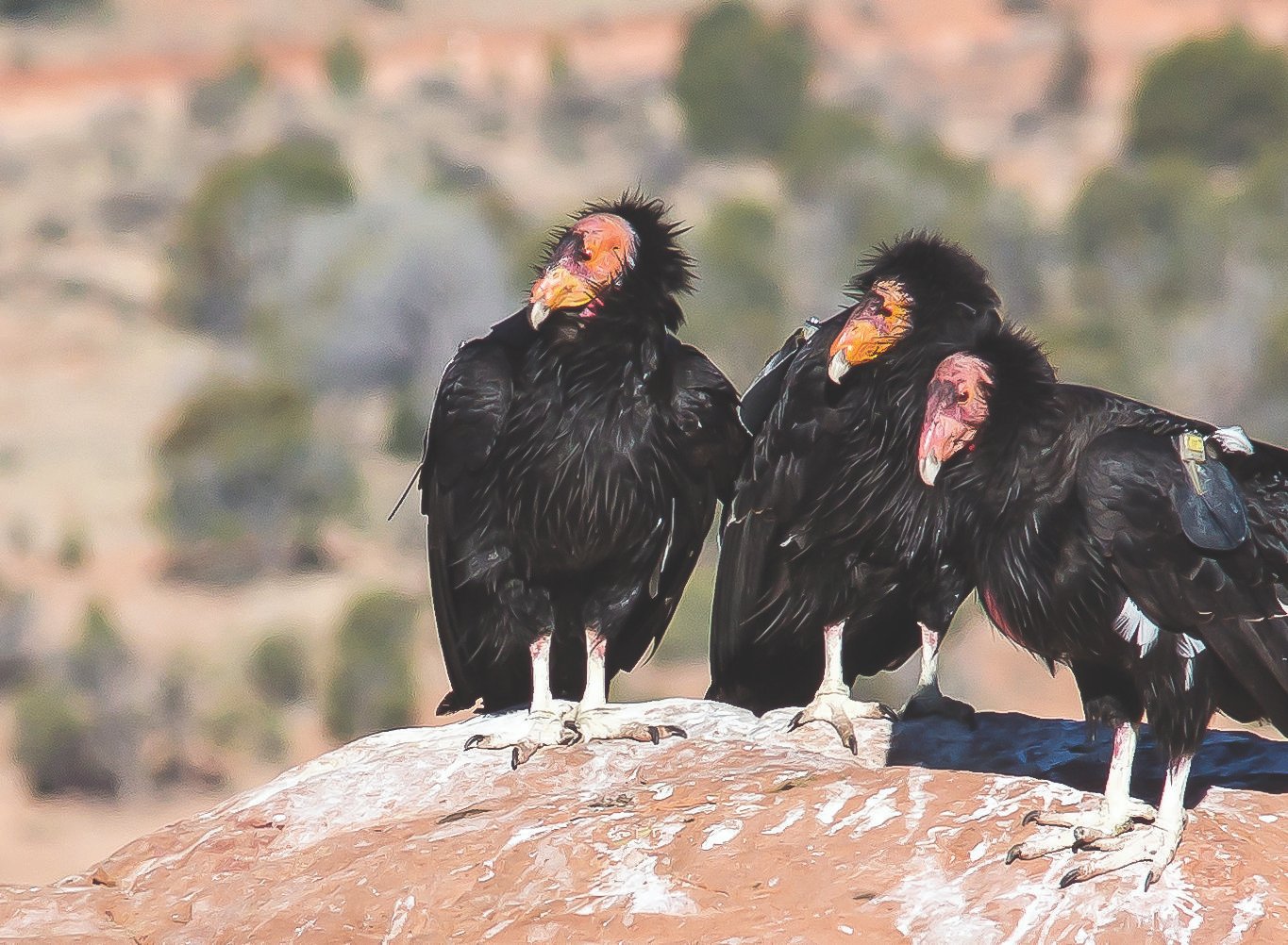
The species collapsed to just a couple dozen birds in the late twentieth century, and conservationists did the unthinkable: they captured every last wild condor to breed them in safety. Reintroductions began in the 1990s, and today there are several flocks across California, Arizona–Utah, and Baja California, with additional releases led by Tribal partners in the Pacific Northwest. The overall headcount now numbers in the many hundreds when captive and wild birds are tallied together, an extraordinary arc from the brink.
But recovery for a bird that breeds slowly – producing a single egg every other year, tending it with near-obsessive care – moves at the speed of patience. A few bad years can erase many good ones, especially when adults, the anchors of the population, face preventable threats. The comeback is real; the margin is thin.
Lead: The Preventable Threat That Won’t Let Go
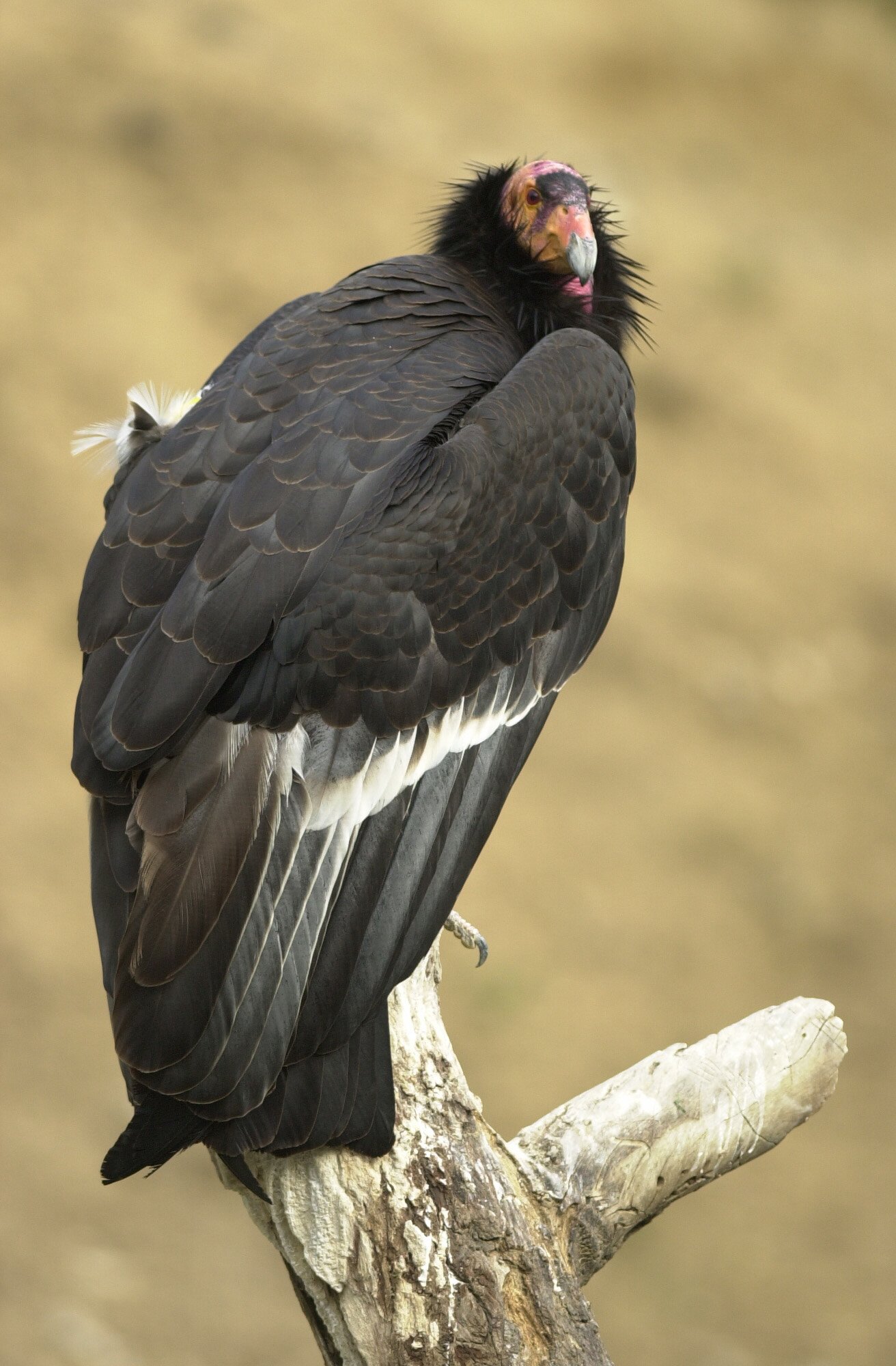
Lead poisoning remains the leading known cause of death for free-flying condors, a blunt fact repeated across field sites and necropsy reports. The mechanism is painfully mundane: scavengers feed on carcasses or gut piles that contain fragments from lead-based ammunition, and even a rice-sized particle can be fatal. Veterinarians can sometimes pull a bird back from the brink with chelation therapy, but it’s a hospital-level intervention for a problem that shouldn’t exist.
Policy has helped but not finished the job; some regions have bans on lead ammunition for hunting, while others rely on voluntary programs and incentives to switch. When non-lead alternatives like copper perform well in the field, exposure drops, and the population curve bends upward. If there is a single lever that could accelerate condor recovery in the near term, it is wide, consistent adoption of non-lead ammunition across the condor’s range.
Microtrash, Power Lines, and the Everyday Perils of Modern Life
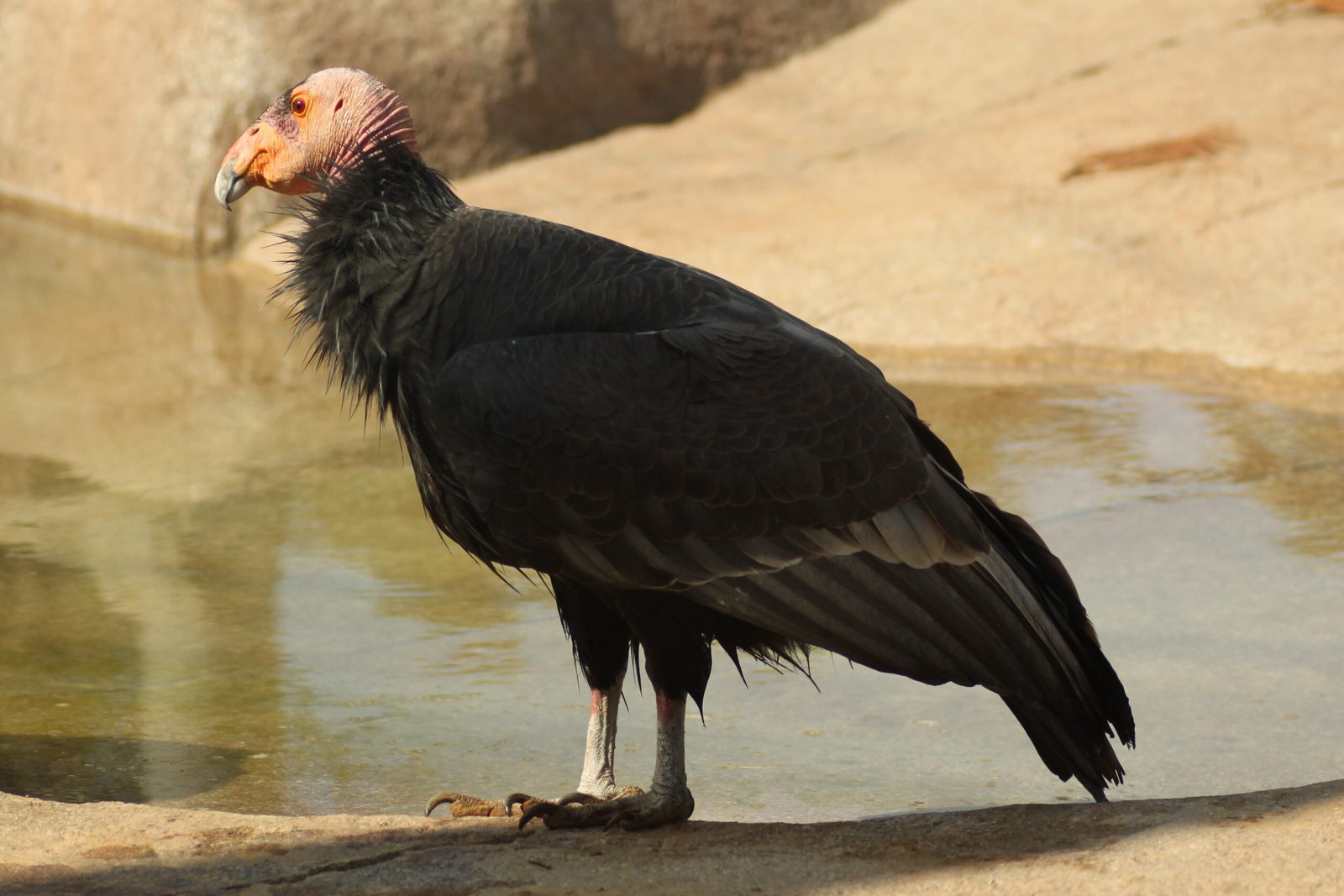
In parts of coastal California, adult condors sometimes collect small bits of plastic and metal and bring them to the nest, a tragic misfire of an otherwise admirable instinct to furnish the nursery. Those objects can puncture, block, or starve a chick, turning a successful breeding attempt into an emergency rescue. Field crews hike miles to clean up litter hot spots and even perform delicate nest cleanouts, a strange blend of parenting and triage.
Power infrastructure poses a different kind of risk: large wingspans plus poorly insulated hardware can mean fatal shocks, and low lines can invite collisions. Managers respond with aversion training, line retrofits, and strategic siting, but as grids expand, so does exposure. Add wildfire smoke, heat waves, and drought shifting scavenging patterns, and the everyday map of hazards becomes a constant, moving puzzle.
The Genetics of a Species Rebuilt by Hand
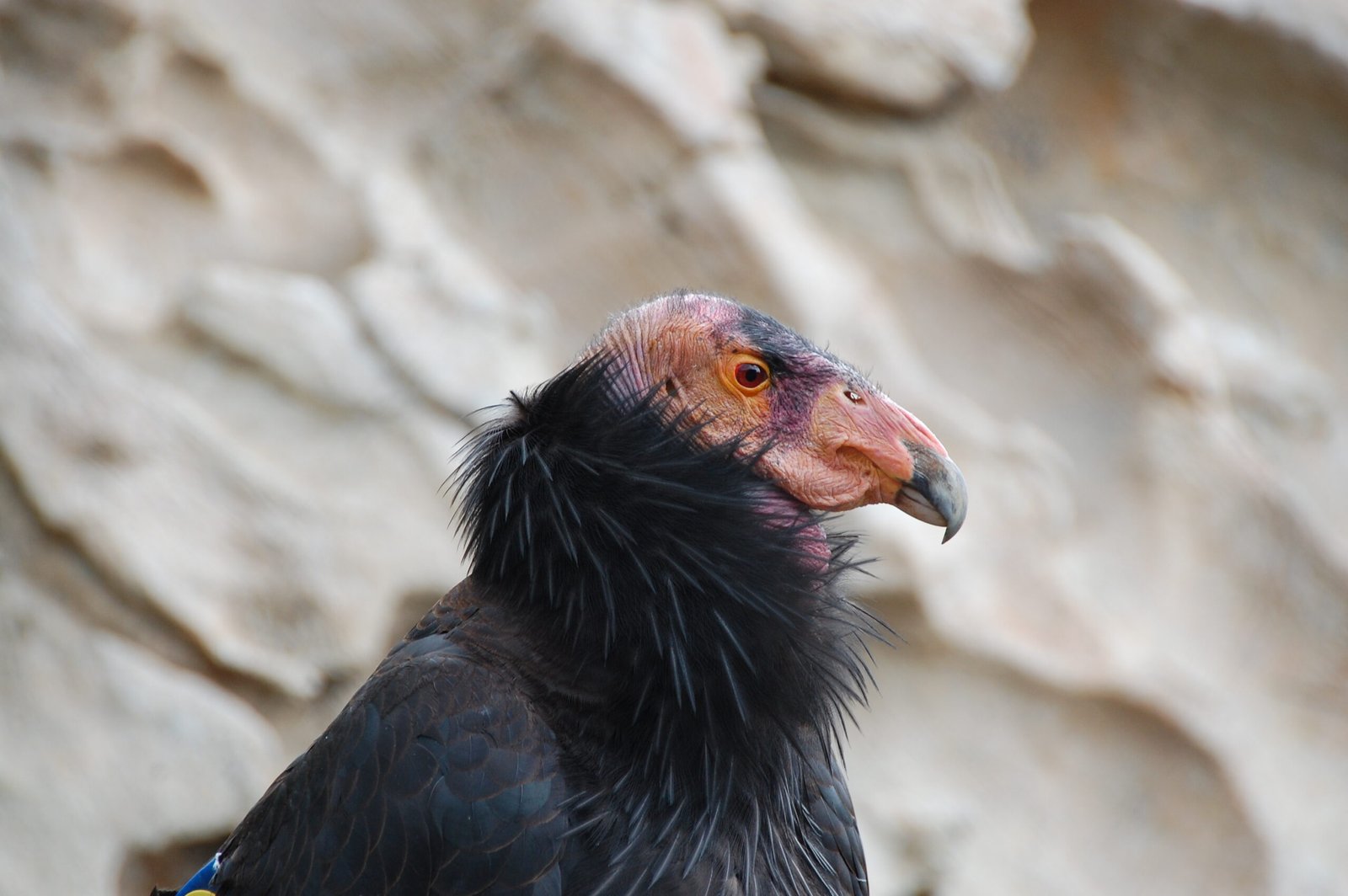
Every condor alive today traces its ancestry to a tiny founder set, which means genetic diversity is inherently limited. Breeding programs juggle pedigrees like spreadsheets of precious coins, pairing birds to preserve as much variation as possible and to avoid known harmful combinations. Genome sequencing now guides those decisions with finer resolution, flagging rare alleles and clarifying lineages that field bands alone can’t untangle.
Low diversity is not a death sentence, but it can make populations less resilient to disease and environmental swings. Scientists have even documented unusual reproductive twists in condors, a reminder that biology still has surprises, but not a shortcut past genetic constraints. Long-term safety lies in numbers: more birds, more pairings, more chances for healthy chicks to fledge and fly.
Why It Matters

Condors are the cleanup crew of the wild, turning death into nutrients and checking the spread of pathogens that can ride along in carcasses. Where large scavengers vanish, disease risks can rise and ecosystems tilt, a lesson echoed by vulture declines on other continents. This bird also carries deep cultural significance, especially for Indigenous communities that have worked for generations to return it to ancestral skies.
From a scientific perspective, the condor is a living stress test of modern conservation: telemetry, genetics, veterinary care, policy, and community collaboration all braided together. Compared with traditional, hands-off wildlife management, condor work is hands-on and data-driven because the threats are human-made and tractable. Success here proves a larger point: with clear targets and sustained effort, even the hardest recoveries can bend toward life.
Global Perspectives Beyond One Bird
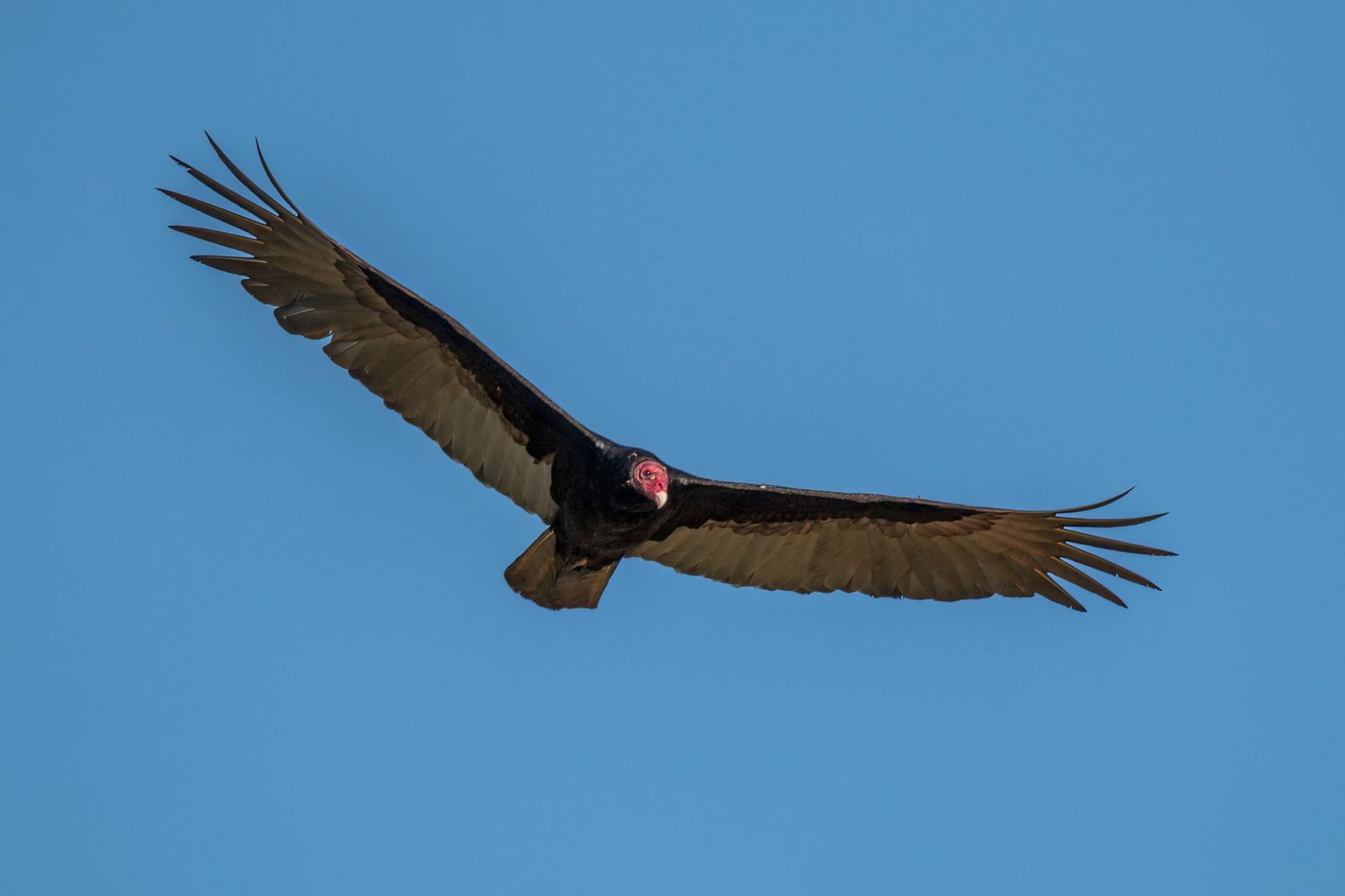
The condor’s story resonates with global raptor and scavenger recovery efforts facing similar trade-offs between infrastructure, energy development, and wildlife. In regions where veterinary drugs or poisons devastated vultures, concerted policy changes and safer alternatives have started to reverse declines. Lessons about non-lead ammunition, carcass management, and power-line retrofits travel well across borders and across species.
Avian influenza adds a shared, unpredictable layer, reminding managers that fast-moving pathogens ignore jurisdictional lines. International cooperation on surveillance, vaccines, and rapid response is becoming standard practice, and condor teams are part of that larger grid. In this sense, saving one giant scavenger helps write a manual for many.
The Future Landscape
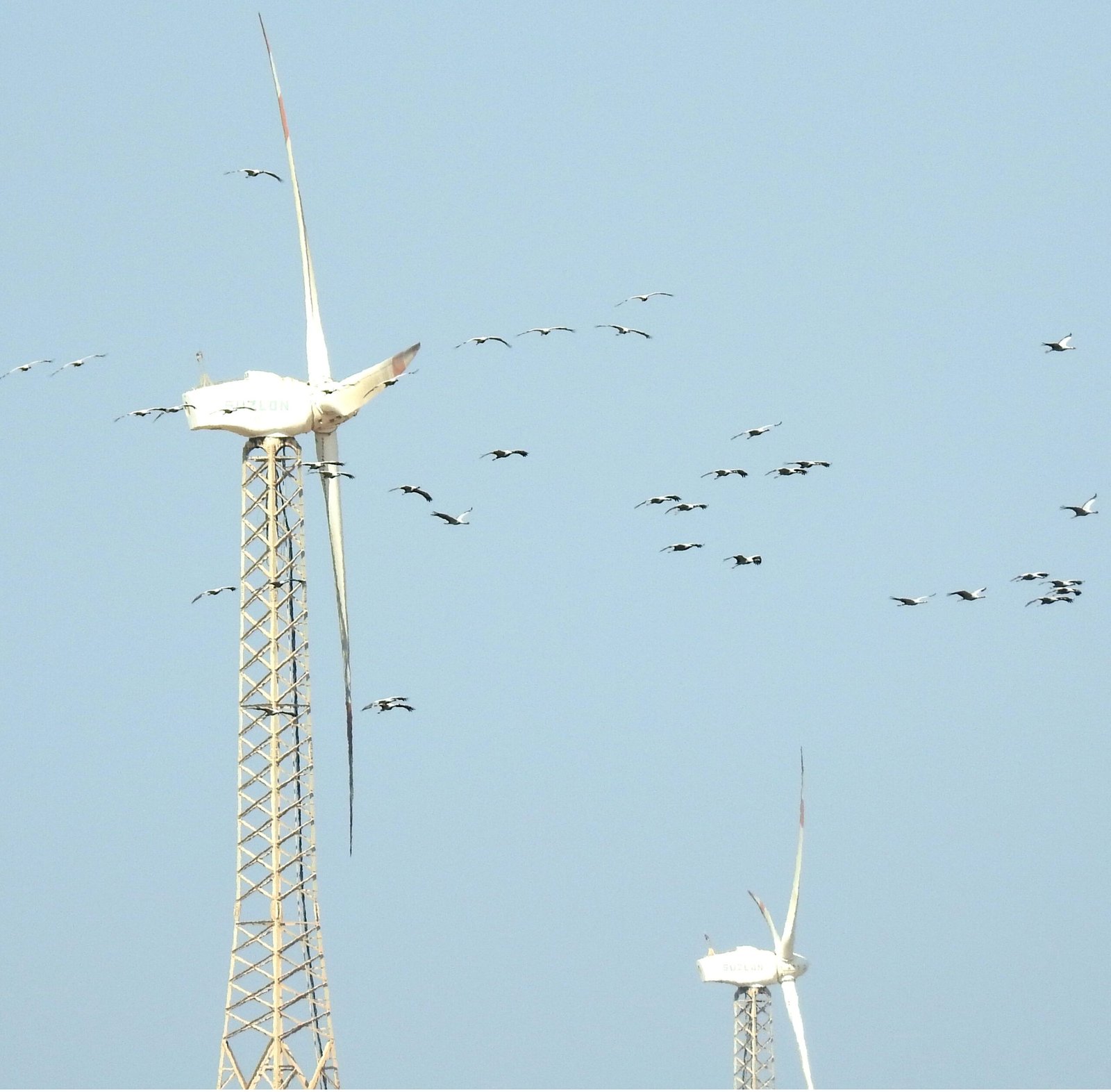
Near-term gains hinge on simple choices made widely: non-lead ammunition, targeted cleanups, and smart placement of new power and wind infrastructure. Technology can help – machine vision that spots soaring birds, automated curtailment at turbines, and predictive mapping that steers projects away from high-risk airspace. Expanded vaccination toolkits and rapid diagnostics can buffer against disease waves while the population continues to grow.
Policy will be the quiet engine behind the scenes, aligning incentives for hunters, utilities, and developers with the goal of fewer dead birds and more fledglings. Climate stress will complicate everything, shifting food availability and fire regimes, so contingency planning needs to be baked into recovery goals. If those pieces move together, a cautious recovery can become a durable one.
What You Can Do Right Now
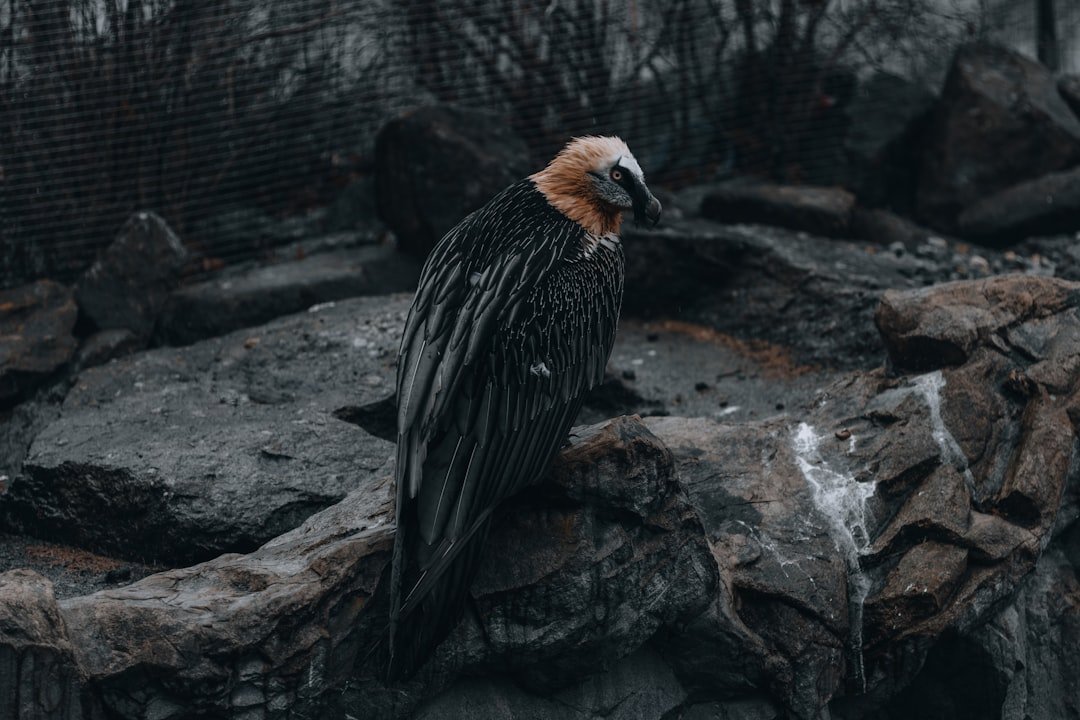
If you hunt in condor country, switch to non-lead ammunition and encourage your circle to do the same; performance is strong, and the impact is immediate. If you hike, pack out small trash that condors could mistake for nest material, and give cliff and roost areas a respectful distance during breeding seasons. Support the organizations and Tribal programs doing the day-in, day-out work – field checks, rescues, releases, and outreach.
Utilities and developers listen when communities show up informed, so add your voice for wildlife-smart siting and retrofits. And if you’re lucky enough to see a condor wheel overhead, let that moment be both celebration and reminder: this species is flying again because people chose to act – will we keep choosing well?

Suhail Ahmed is a passionate digital professional and nature enthusiast with over 8 years of experience in content strategy, SEO, web development, and digital operations. Alongside his freelance journey, Suhail actively contributes to nature and wildlife platforms like Discover Wildlife, where he channels his curiosity for the planet into engaging, educational storytelling.
With a strong background in managing digital ecosystems — from ecommerce stores and WordPress websites to social media and automation — Suhail merges technical precision with creative insight. His content reflects a rare balance: SEO-friendly yet deeply human, data-informed yet emotionally resonant.
Driven by a love for discovery and storytelling, Suhail believes in using digital platforms to amplify causes that matter — especially those protecting Earth’s biodiversity and inspiring sustainable living. Whether he’s managing online projects or crafting wildlife content, his goal remains the same: to inform, inspire, and leave a positive digital footprint.

